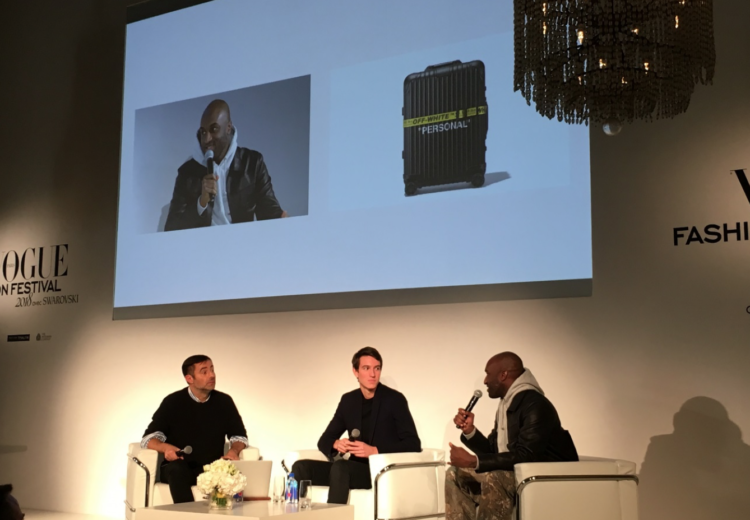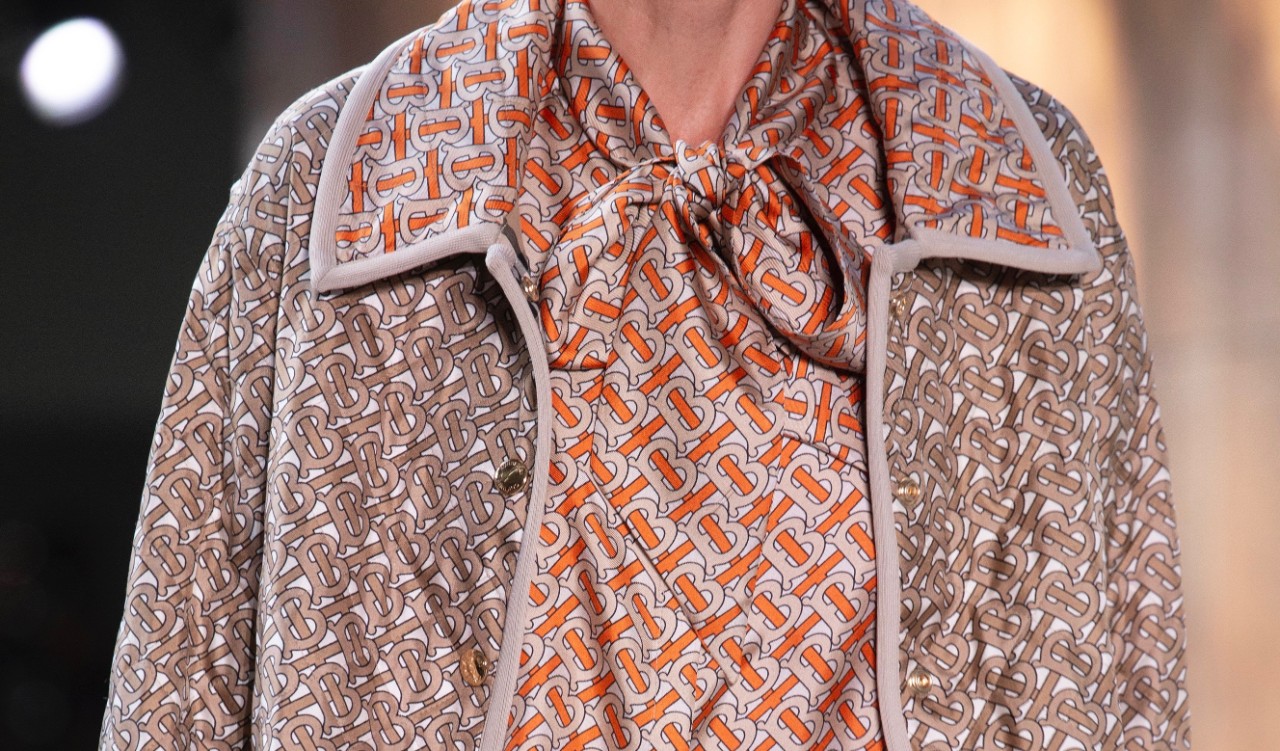

New fashion frontiers: Vogue Paris Fashion Festival takeaways
The luxury industry insiders met in Paris this weekend to discuss a more strategic future—the theme of this third edition of the Vogue Paris Fashion Festival was “new fashion frontiers”, with a goal of broadening the luxury world’s mindset regarding the ever-changing and fluctuating definition of luxury.
With an impressive line-up ranging from Virgil Abloh and Rimowa CEO Alexandre Arnault, to LVMH CEO Sidney Toledano and influencer Chiara Ferragni, the event served as an inspirational platform for industry insiders, influencers, and journalists alike.
Here are WGSN’s five key takeaways:
Redefining the meaning of luxury
As reported by Bain & Company, Millennials and their Gen Z counterparts will account for 45% of the luxury consumers by 2025, the market is fast evolving and shifting. Consumers are moving away from statutory purchases transmitted from one generation to another, to purchases for personal development, self-reward and joy.
So, what does luxury mean in our age? According to Virgil Abloh it’s about “emotional value, and making a connection with the consumer”. Luxury should be about convenience and being coveted. To Abloh, luxury could well be simply a vintage pair of Levi’s. It comes down to placing value in scarcity over price. For instance, if Hermès luggage is lost it can be replaced, whereas vintage Levi’s inside it are irreplaceable.
Alexandre Arnault also pointed out that “the word luxury puts the price in the story, but luxury is about making connection, it is about quality”. Be it a Christian Dior bag or a 30€ bottle of Moët & Chandon, both are luxury items. A key reference to them is Apple, which has been able to make products desirable outside of their new function.
Virgil Abloh in conversation at the Vogue Fashion Festival
Will physical retail disappear?
The answer – without exception – was no. According to Bain & Company, by 2025 the physical store will still represent 75% of the luxury transactions.
However, the store must be rethought as an ambassador to the brand. For a long time, stores were transactional, focusing on product display and being aspirational. Now the stores must be interactional, a place to hang out, learn and experience. Here again, luxury brands should refer to Apple as a best practice. At Off-White, no two stores are the same, they are integrated in the city’s cultural and architectural background. Younger generations will look at more practical things, they want unconventional ideas but hugely practical.
The beauty industry also strongly believes in physical retail. As for now, Coty Luxury (in charge of the beauty extensions of Gucci, Burberry, Prada and Marc Jacobs, amongst others) is reviewing its distribution channels and narrowing them down to express the image of the perfume in accordance with luxury brand image.
The E-Commerce and Luxury dichotomy
Sidney Toledano would rather refer to e-commerce as ‘e-retail’. Developing a digital ‘jewel box’ is still a challenge, and the LVMH group is actively reflecting on how to make e-commerce prestigious and exclusive. They are doing it at their own pace, to ensure the brands will not be put at risk.
Kering has been a pioneer in the luxury industry, according to Gregory Boutté, Chief Client and Digital Officer. It is thanks to François Henri-Pinault who envisions luxury as “always in motion”. In Q3 this year, Kering saw an increase of their online purchases by 80% – which is close to start up levels. Their strength is to reinforce the autonomy of their brands (Gucci, Saint Laurent, and Balenciaga, amongst others) and look at best practices across other industries. Boutté recently created a data scientists department.
The influencer’s future
The influencers power cannot be denied. Chiara Ferragni’s recent wedding had a huge impact on Christian Dior’s digital media coverage; neither Ferragni nor Chiuri anticipated its extent.
Arnault believes that celebrity influencers need to be more inspirational rather than aspirational. The LVMH group has moved away from campaigns showcasing the luxury good next to the celebrity’s face and a background. Now it is more about the celebrity impersonating a lifestyle. Having Bella Hadid carrying a Rimowa luggage at the airport has a much stronger repercussion.
He believes that «”consumers see when things are fake”, and luxury brands need to move away from paid influencers. The biggest successes need to happen organically. In China, the primary source of information and influence for a luxury purchase remains the brand’s website (Tmall Luxury Pavilion survey, part of Alibaba group). “The consumers now are not just the receivers, they are the messengers ” says Alexandre Arnault.
Logomania

To answer the millennials eager demand for streetwear and a less high-end luxury, brands could be easily tempted to surf on the logomania trend. However, according to Toledano “a logo should have a meaning, it should not be the only form of expression for the brand”. A logo is part of the essence of the brand. Counterfeits also love highly branded products as they are the easiest to reproduce. “A luxury item should be highly qualitative and original”.
For more insight into luxury fashion trends, read WGSN’s latest report: Drop Culture: Strategies for Luxury Retail.
The post New fashion frontiers: Vogue Paris Fashion Festival takeaways appeared first on WGSN Insider.
